Approach to "Patient Blood Management" (PBM). Program to prevent overtransfusion.
Welcome to the online course of Approach to "Patient Blood Management" (PBM). Program to avoid overtransfusion!
Despite the publications that show and quantify the risks of over-transfusion and the advantages of Patient Blood management (PBM) programs, their implementation in centers is very uneven and in many very poor cases across Europe. The WHO itself (European Commission for public health) published in 2017 guidelines to help hospitals and health authorities to improve the implementation of PBM.
A Spanish project called MAPBM (www.MAPBM.org) has repeatedly objectified the variability in transfusion for the 7 procedures with the highest blood consumption in 35 centers and the enormous variability in the implementation of the different indicators of the 3 pillars of the PBM. Some experts have published on the barriers and possible causes of the unequal implementation of PBM and emphasize that the lack of knowledge, on the part of doctors and nurses, of the medium and long-term consequences of transfusion, as well as knowing the different techniques to avoid it, it is one of the measures that can be easily improved. We must bear in mind that any specialist can indicate a transfusion but that this is always a complementary treatment of the pathology he attends.
This online course with a very practical approach, has expert doctors in this field and will contribute to improve the knowledge of the risks of over-transfusion and how to avoid it, of any medical specialist or nurse.
1. PATIENT BLOOD MANAGEMENT (PBM). Why it is necessary and what the PBM program is about
(Dr. JA Garcia-Erce)
2. PILLAR 1. STIMULATE ERYTHROPOYESIS. Treatment of preoperative anemia
(Dr. E. Bisbe)
3. PILLAR 1. STIMULATE ERYTHROPOYESIS. Treatment of post-operative anaemia
(Dr. E. Bisbe)
4. PILLAR 2. MINIMIZING BLOOD LOSS. Optimization of preoperative hemostasis. Predonation
(Dr. JA García-Erce and Dr. P. Sierra)
5. PILLAR 2. MINIMIZE BLOOD LOSS Anesthetic and surgical measures. Antifibrinolytics
(Dr. C. Basra)
6. PILLAR 2. MINIMIZING BLOOD LOSS Intraoperative autotransfusion and postoperative blood salvage
(Dr. M. Muñoz)
7. PILLAR 3. RESTRICTIVE TRANSFUSION THRESHOLD
(Dr. M. Muñoz)
8. The PBM in the urgent and/or critical patient
(Dr. M. Quintana)
9. Economic considerations of PBM
(Dr. E. Bisbe)
10. Case studies
(Dr. Bisbe - Dr. Erce)
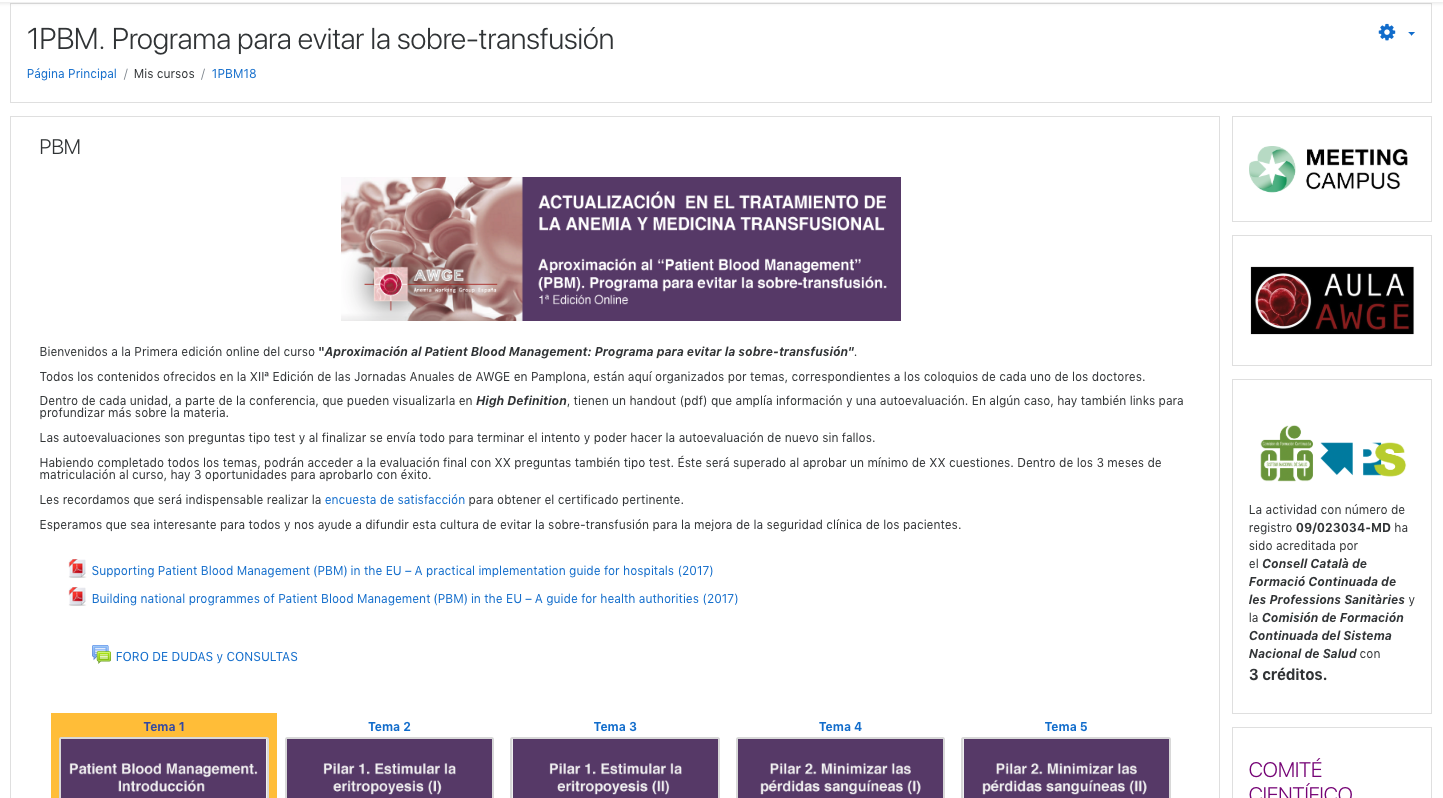
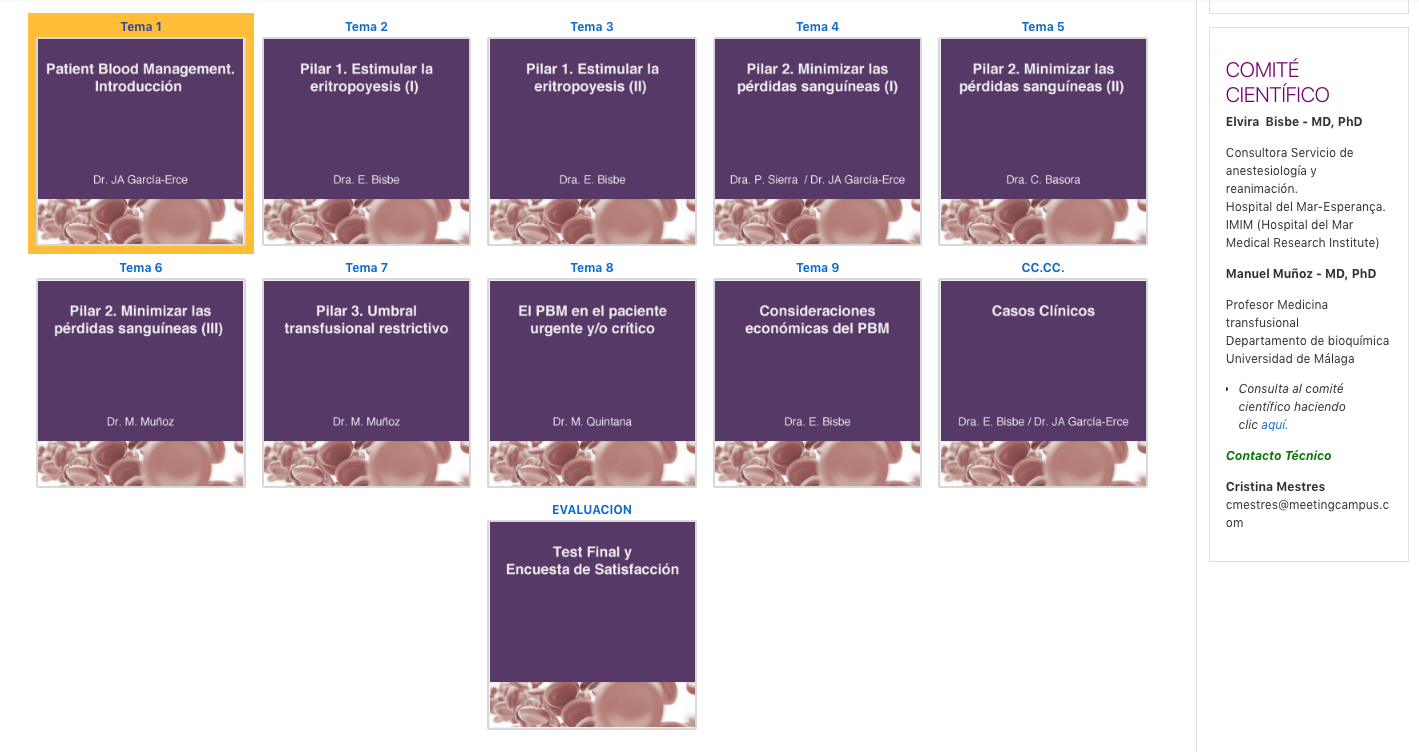
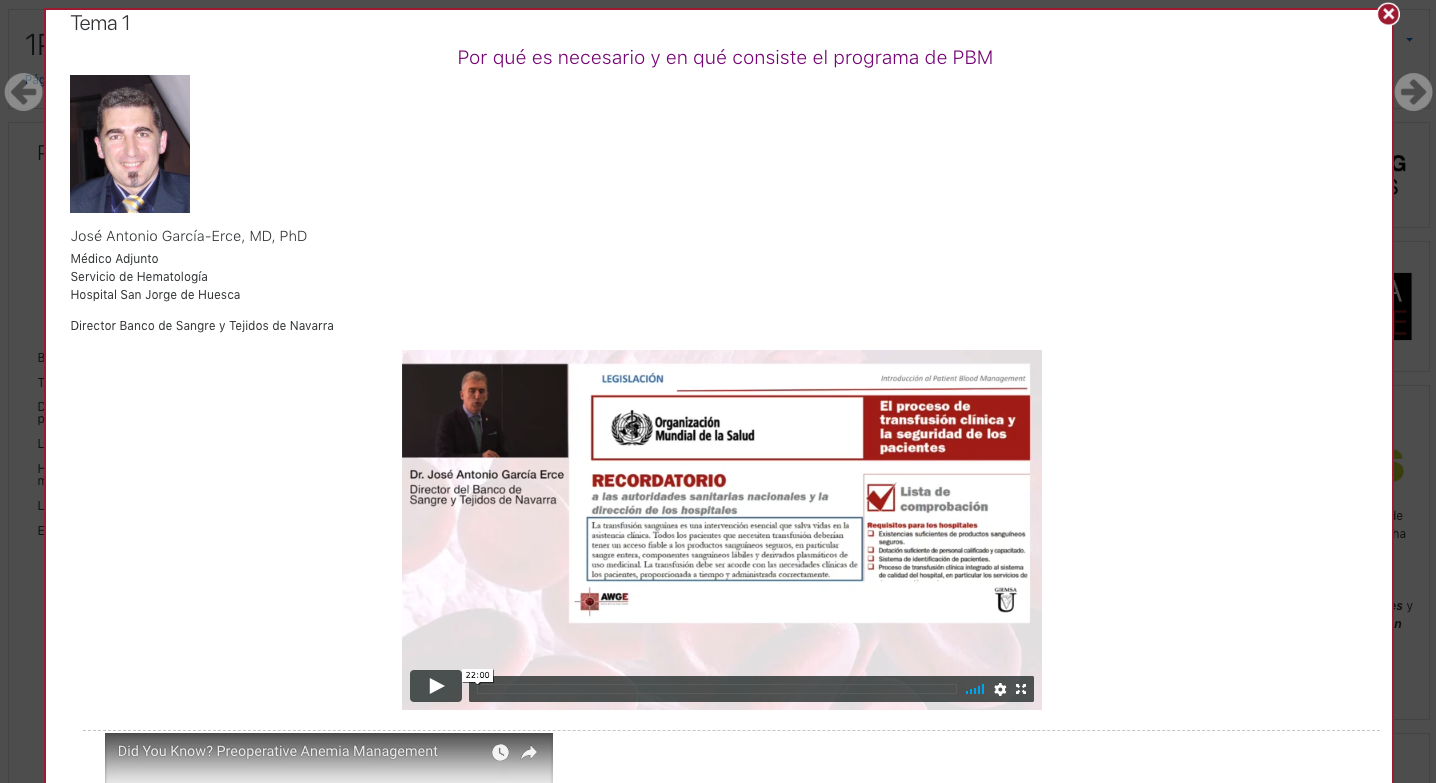
Management

Dra. Elvira Bisbe
Consultor. Servicio de Anestesiología y ReanimaciónHospital del Mar-Esperança
Nº de Colegiado: 24281
Colegio Oficial de Médicos de Barcelona
Staff
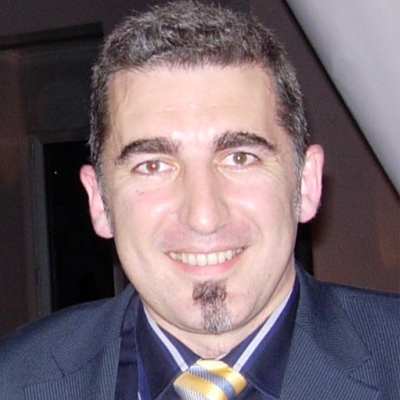
Dr. José Antonio García-Erce
Director Banco de Sangre y Tejidos de NavarraServicio Navarro de Salud
Nº Colegiado: 38/4263
Colegio Oficial de Médicos de Tenerife

Dra. Pilar Sierra
FEA Servicio de Anestesiología y Reanimación. Fundació Puigvert, BarcelonaPresidenta de la Sección de Actuación Perioperatoria (SAP) de la Societat Catalana de Anestesiologia, Reanimació i Terapèutica del Dolor.

Dra. Misericòrdia Basora
Consultora Servicio de Anestesiología y ReanimaciónHospital Clínic de Barcelona
Nº Colegiado 24.346
Colegio oficial de médicos de Barcelona

Dr. Manuel Quintana
FEA Servicio Medicina IntensivaHospital Universitario La Paz, Madrid
manuel.quintana@salud.madrid.org
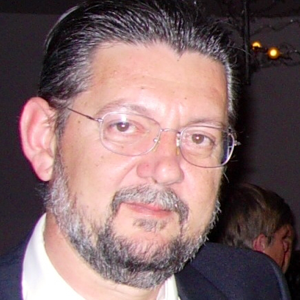
Dr. Manuel Muñoz
Profesor Medicina transfusional, Departamento de bioquímicaUniversidad de Málaga



